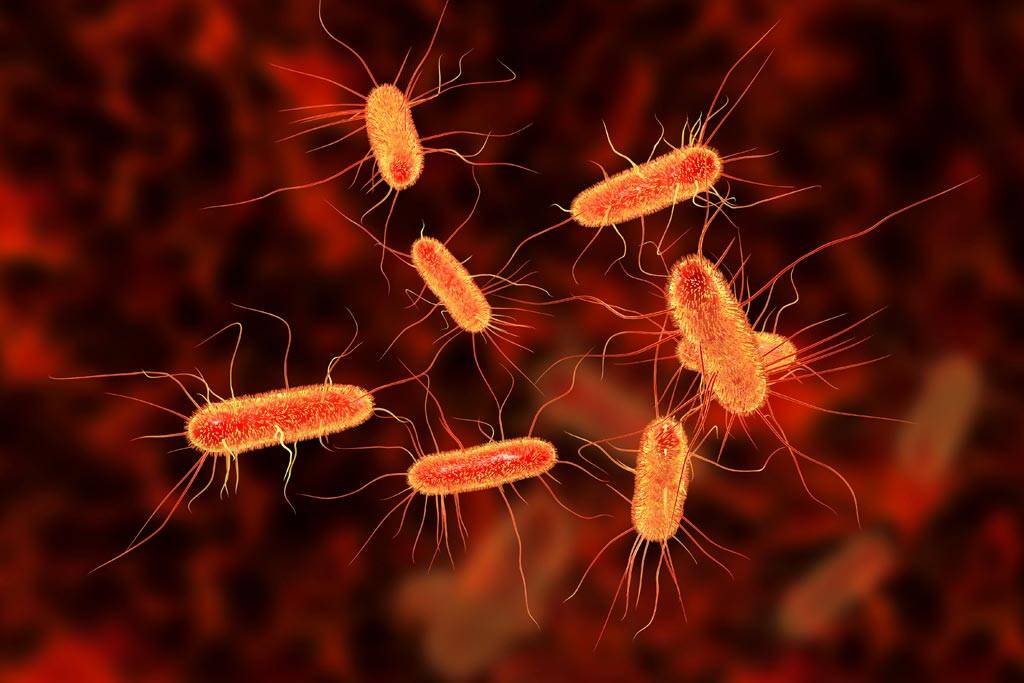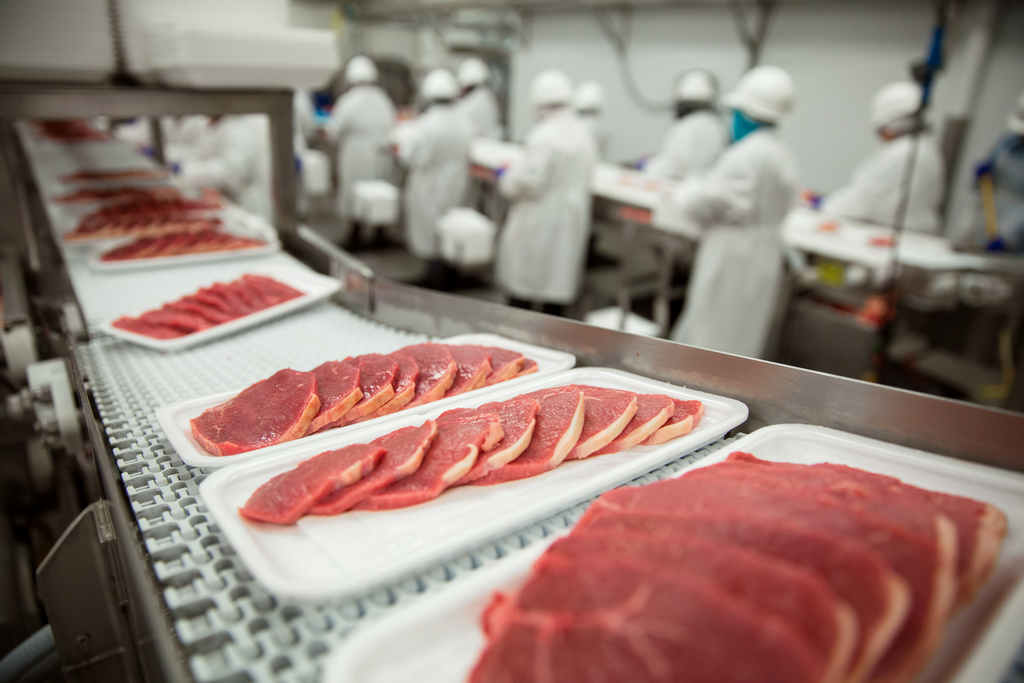HACCP (Hazard Analysis Critical Control Point) is internationally accepted as the most cost-effective method of preventing food contamination from chemical, microbiological and physical hazards.

Why is HACCP Important?
HACCP is important because it prioritizes and controls potential hazards in food production. By controlling major food risks, such as microbiological, chemical and physical contaminants, the industry can better assure consumers that its products are as safe as good science and technology allows. By reducing foodborne hazards, public health protection is strengthened.
Is HACCP New?
HACCP is not new. It was first used in the 1960s by the Pillsbury Company to produce the safest and highest quality food possible for astronauts in the space program. The National Academy of Sciences, National Advisory Committee for Mcirobiological Criteria for Foods, and the Codex Alimentarius have endorsed HACCP as the best process control system available today.
- HACCP Training for Retail Establishments - 16hrs: $125.00
- HACCP Training for School Districts - 4hrs: $50.00
- HACCP Training for Seafood - 1hr: $75.00
- Food Manager Training & ANSI Certification - 8hrs: $99.00
- Food Handler Training - 1.5hrs: $7.00
- Enter Promo "train10off" at Checkout
What are the Major Food Hazards?
While many public opinion studies report that consumers are concerned primarily about chemical residues, such as from pesticides and antibiotics, these hazards are nearly non-existent. The more significant hazards facing the food industry today are microbiological contaminants, such as Salmonella, E. coli O157:H7, Listeria, Campylobacter, and Clostridium botulinum. HACCP is designed to focus on and control the most significant hazards.

The Seven Principles of HACCP
HACCP Plans are prepared for each process or product, and identify possible hazards and controls in place to make sure the hazards are eliminated or controlled to ensure acceptable levels in the food product. HACCP involves seven principles:
- Analyze hazards. Potential hazards associated with a food and measures to control those hazards are identified. The hazard could be biological, such as a microbe; chemical, such as a toxin; or physical, such as ground glass or metal fragments.
- Identify critical control points. These are points in a food’s production–from its raw state through processing and shipping to consumption by the consumer–at which the potential hazard can be controlled or eliminated. Examples are cooking, cooling, packaging, and metal detection.
- Establish preventive measures with critical limits for each control point. For a cooked food, for example, this might include setting the minimum cooking temperature and time required to ensure the elimination of any harmful microbes.
- Establish procedures to monitor the critical control points. Such procedures might include determining how and by whom cooking time and temperature should be monitored.
- Establish corrective actions to be taken when monitoring shows that a critical limit has not been met–for example, reprocessing or disposing of food if the minimum cooking temperature is not met.
- Establish procedures to verify that the system is working properly–for example, testing time-and-temperature recording devices to verify that a cooking unit is working properly.
- Establish effective recordkeeping to document the HACCP system. This would include records of hazards and their control methods, the monitoring of safety requirements and action taken to correct potential problems. Each of these principles must be backed by sound scientific knowledge: for example, published microbiological studies on time and temperature factors for controlling foodborne pathogens.

Need for HACCP
New challenges to the U.S. food supply have prompted FDA to consider adopting a HACCP-based food safety system on a wider basis. One of the most important challenges is the increasing number of new food pathogens. For example, between 1973 and 1988, bacteria not previously recognized as important causes of food-borne illness–such as Escherichia coli O157:H7 and Salmonella enteritidis–became more widespread.
For more information: U.S. Food and Drug Administration – HACCP Guidance and Regulations: http://www.fda.gov/Food/GuidanceRegulation/HACCP/ucm2006764.htm

HOT SUMMER SALE $99.00 – ANSI Certified Food Manager – All States – Valid for 5 years. Food Handler Training only $12.50.
Many states require certification of Food Managers which may include a food safety exam. Some states (California, Illinois, Arizona, West Virginia, Texas and New Mexico) and local jurisdictions require that Food Handlers have a certificate from an ANSI-accredited organization.
Visit Food Safety Training: http://foodsafetytrainingcourses.com/